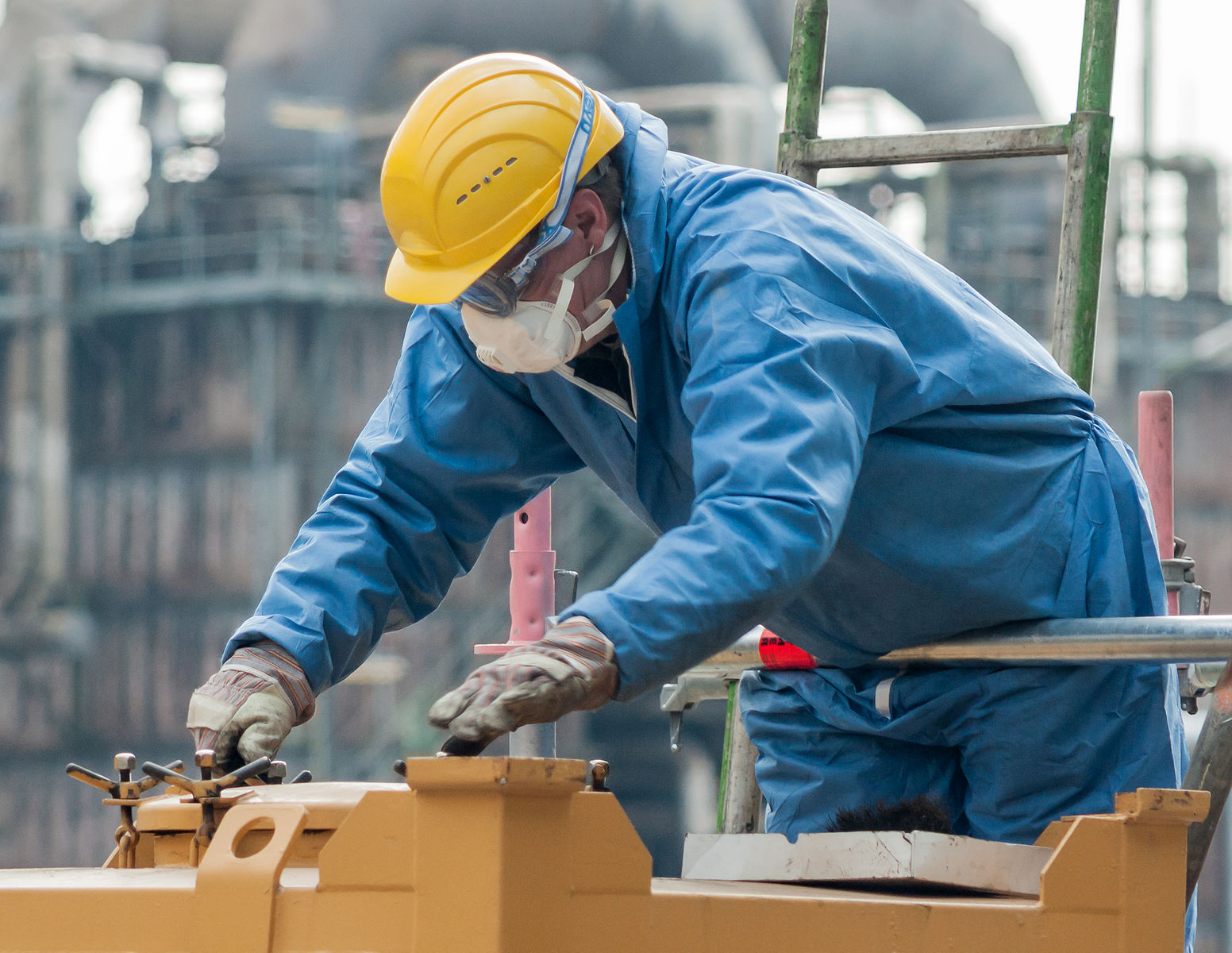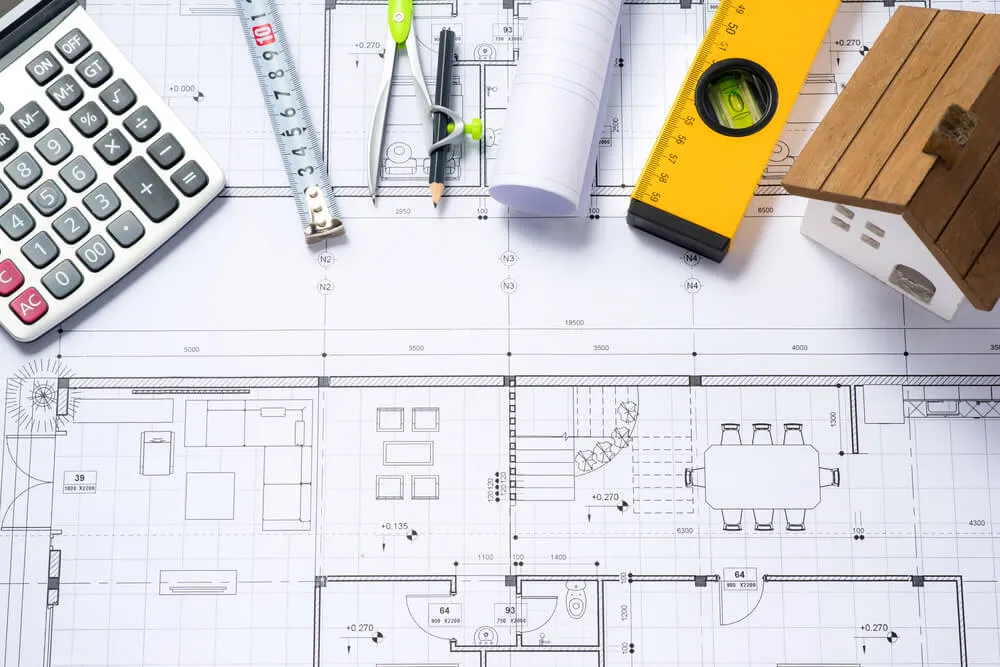What will the construction industry look like after COVID-19?

10th May, 2020
As construction sites begin to slowly emerge from Lockdown, we look at the five short term outcomes of the COVID-19 pandemic, and their impact on the construction industry for the next 6-12 months.
1. Construction sites will be cleaner and safer
The virus put a spotlight on the importance of worker health and safety, and there are a variety of measures likely to be implemented on construction sites, such as:
- staggered shifts
- employee temperature checks
- rigorous cleaning and disinfection of sites, tools and machinery.
- a 100% mask and glove policy and well-stocked handwashing stations.
This emphasis on cleaner, less crowded work areas is one that won’t recede after the virus does. The current emphasis on social distancing on construction sites will likely continue even after the current health threat passes. There will be less group activities and less workers on the site at any given time. There is also likely to be a requirement for written infectious disease preparation and response plans to form part of the health & safety plan on projects.
Medical experts believe that outbreaks across the world will come in waves for months or even years to come, making these safety plans important now and in the future.
2. Projects will take longer
The new safety changes on construction sites will add to the time it takes to complete projects. The safety of workers is of paramount importance, techniques such suiting up with PPE, only allowing one trade on a site at a time and staggering work shifts will slow down progress on-site. All existing construction programmes will need to be extended, and the days of fast-tracking a project may be over for the foreseeable future.
The increased time to complete projects caused by social distancing measures, as well as the additional costs of PPE, documentation, management etc will also see construction prices increasing in the short term.
3. Remote working will become more common
The coronavirus has also brought about major changes to contractors’ head offices, design team head offices, site meetings etc. Many people will be working at home for the foreseeable future due to social distancing rules being in place. There will therefore be an increased reliance on technology like videoconferencing, emailing and texting to stay in touch.
Monthly site meetings are already moving to online applications such as Microsoft Teams, Zoom, Skype and the like. Monthly valuations are also being done remote using videos and photographs supplied by Site Managers. The cost benefit to employers of working remotely could change the industry forever. Reduced office costs, reduced travel expenses, savings in utilities and a more productive workforce.
While the trend toward remote work will lead to a dramatic reduction in the need for office space for many companies, others may think about expanding. These firms may seek to take advantage of lower rents to expand their office space to allow for greater social distancing in the workplace. This could mean a move away from the popular open office space layouts to allow for additional private space to reassure staff long after the worst of COVID-19 infections have passed.
4. Demand for project types will change
The coronavirus outbreak has likely changed the types of projects that will be built in future years. Office developments, hospitality, retail and entertainment projects are likely to be in less demand whilst healthcare, warehouses and distribution facilities are likely to greatly increased.
The issues around importing goods such as PPE, ventilators could almost see countries rewind 100 years as they look to be self-sufficient and manufacture many of these essential goods themselves rather than importing them.
Experts are divided on how infrastructure projects will fare in the near future. The bottom line is, every country in the world have lost a massive amount of money from this crisis. The UK is a nation that invests quite heavily in infrastructure, with a third wiped off it GDP by this pandemic it is going to find it hard to keep spending a much on infrastructure. More working from home is also going to reduce their incomes from fuel tax, company car tax etc; and what little disposable income governments will have post-coronavirus will need to be spent on healthcare and the mitigation of risk that future pandemics have on their countries.
5. Modular construction will increase
An enhanced focus on worker safety will help accelerate the industry’s move to offsite construction methods. Prefabrication methods have been becoming increasingly prevalent in the last decade, this pandemic is likely to see these becoming even more popular. The assembly-line efficiency and climate controlled environment of factory production can save on labour costs and shorten project schedules. But in this new world post-coronavirus other advantages will come to the fore, including increasing site safety and reducing the congestion on-site.




